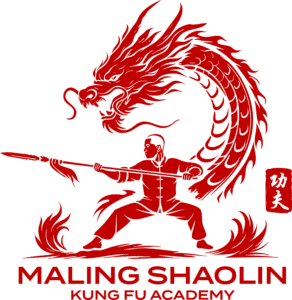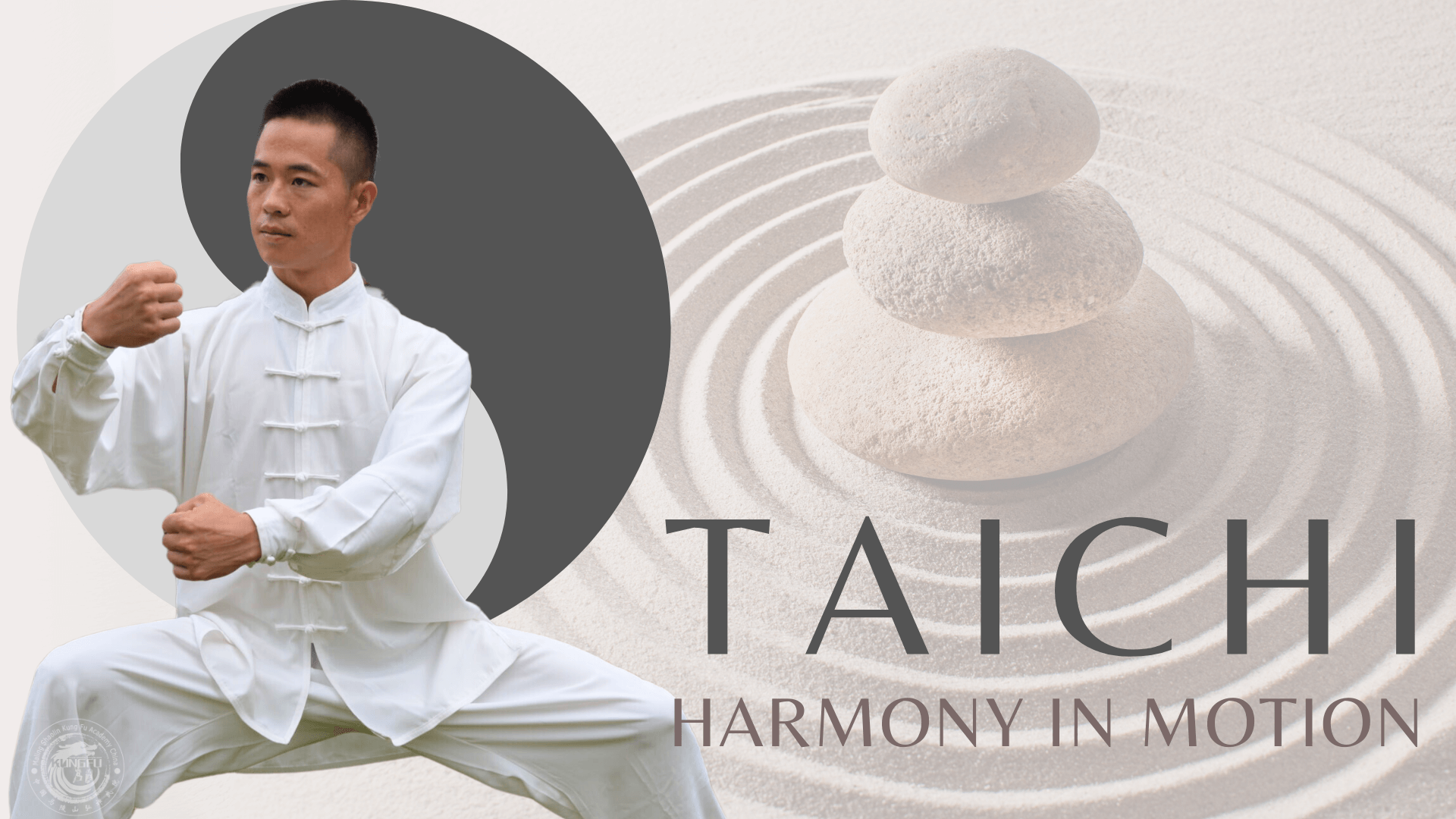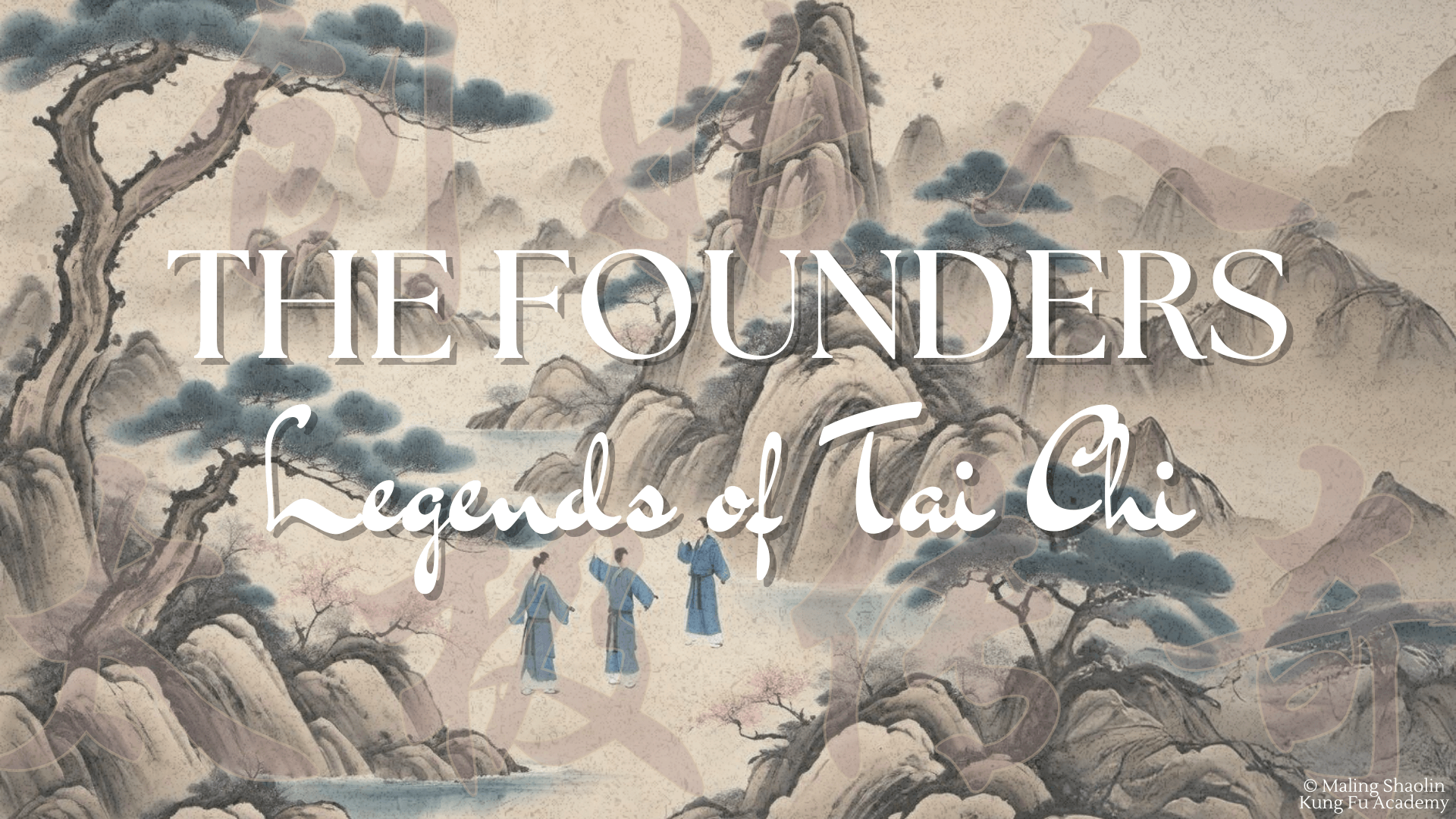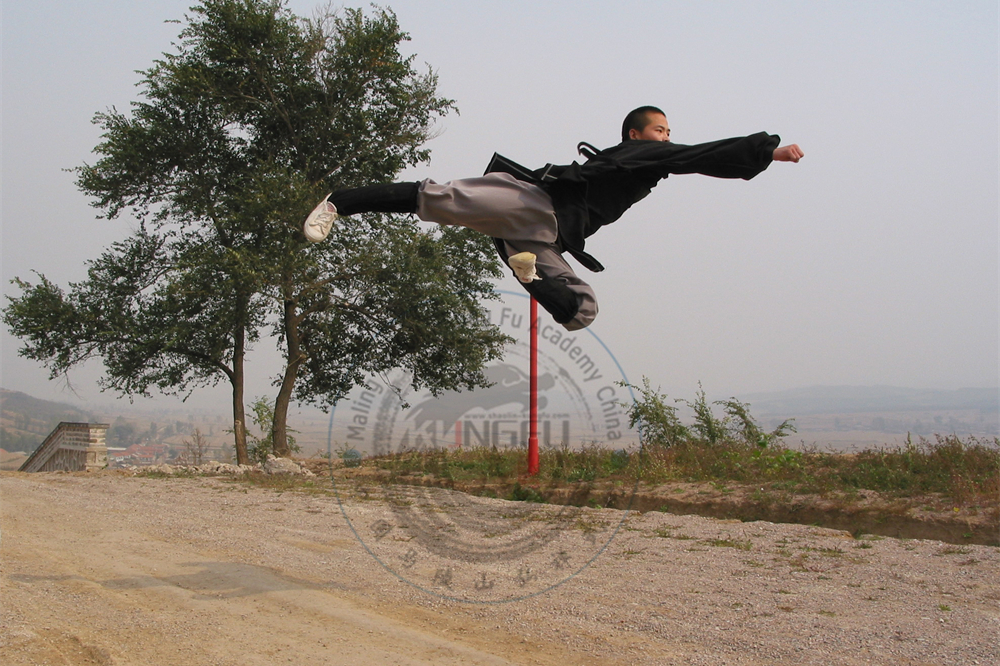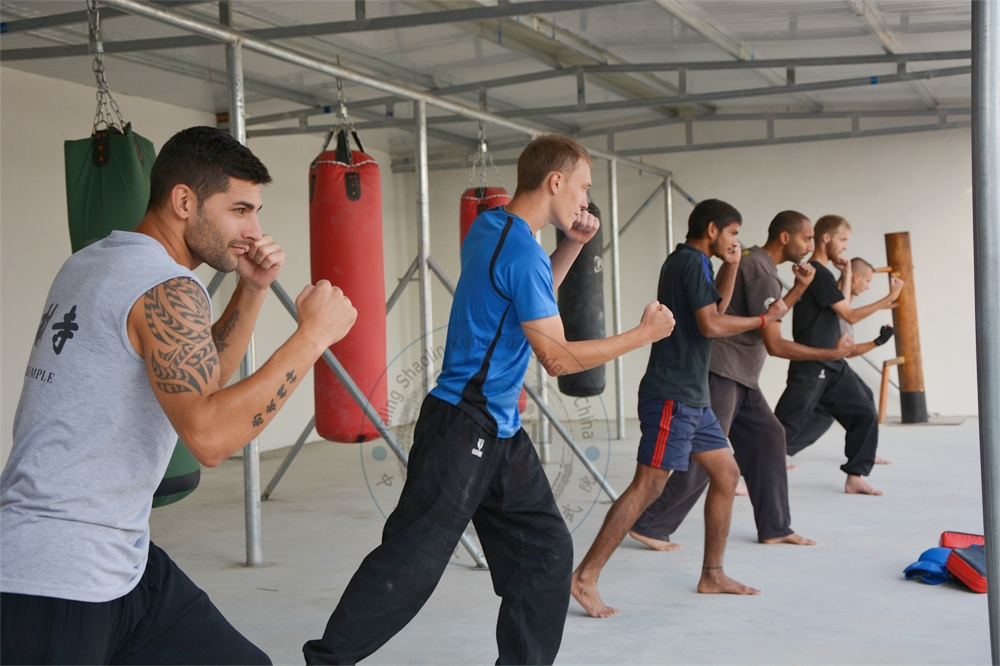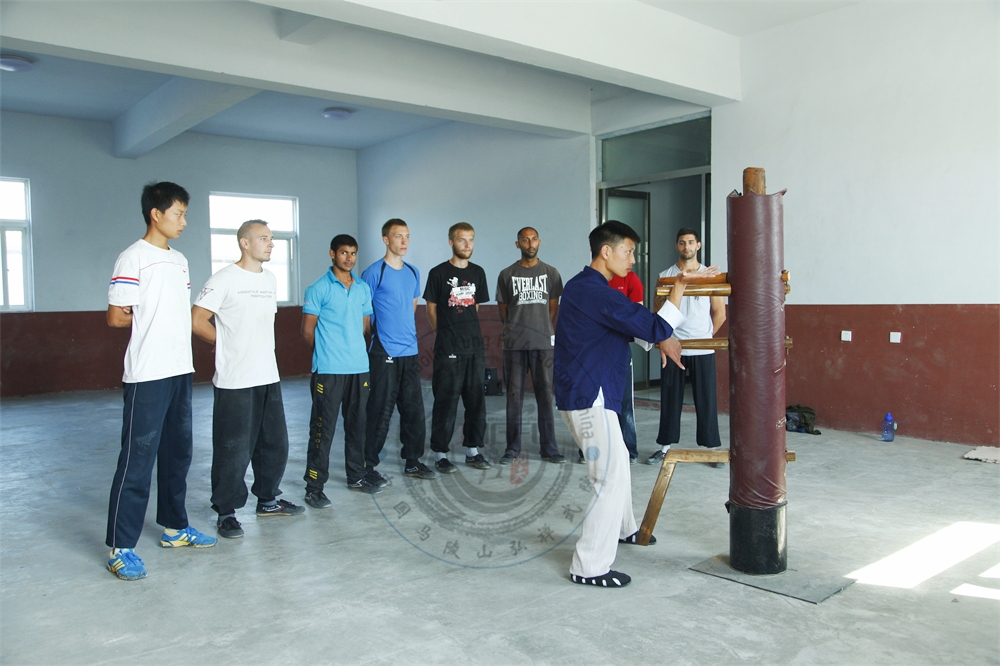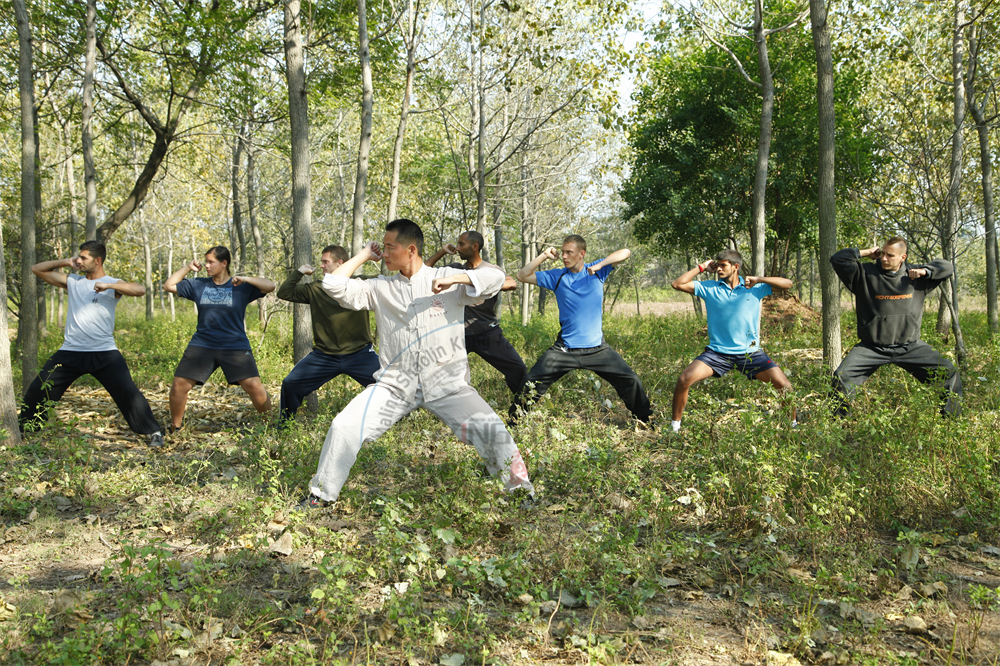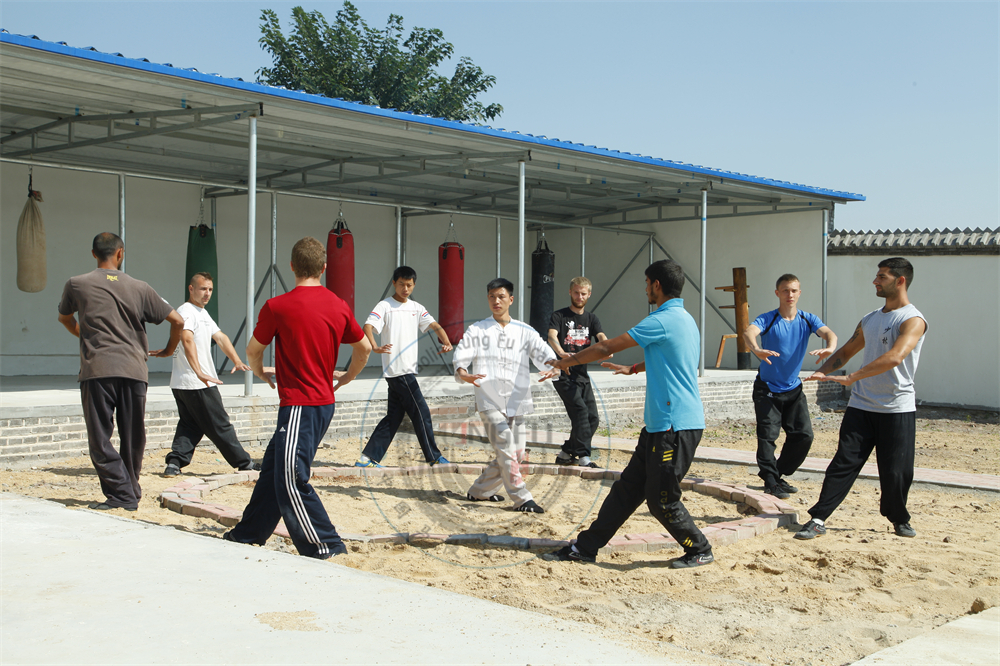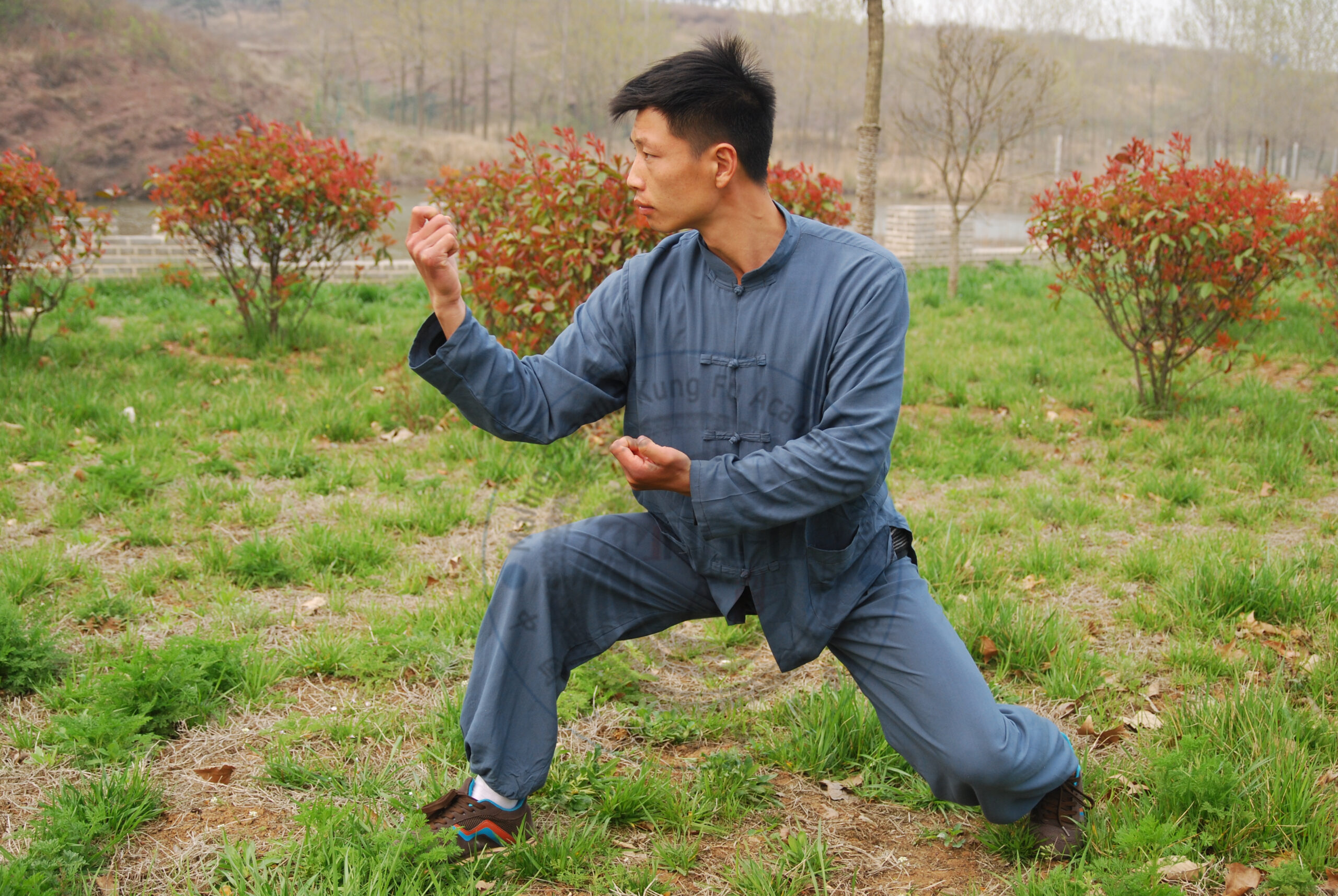Tai Chi is a centuries-old Chinese martial art renowned for its graceful movements, health benefits, and profound philosophical underpinnings. Originating in ancient China, Tai Chi has evolved into various styles and forms, each with its unique characteristics and applications.
Tai Chi
A slow-paced martial art focused on balance, relaxation, and internal energy flow.
Taiji, which is also known as Tai Chi, is characterized by its slow, deliberate, and flowing movements. This style emphasizes the cultivation of internal strength, balance, and harmony while promoting overall health and well-being. Taiji is often practiced as a meditative exercise, and its gentle, circular movements are used for both martial arts applications and therapeutic purposes.
Taiji (the “supreme ultimate” school) was derived from Wuji (“emptiness;” the “non-ultimate” school) and composed of two different states (liang yi)Yin and Yang. From Liang Yi came sancai (the “three components”) and sixiang (the “four kinds of appearances”). Bagua (Eight Symbols) also came from sixiang. Tai Chi is often thought of as being quintessential of China, entailing the principles of Yin and Yang from the I Ching, (the Book of Changes), rooted in Chinese medicine (meridians and specific names of vessels), with the meditative aspect of it’s practice in focusing on the breath. Tai Chi is a comprehensive study and characterized by the interaction of the energies of Yin and Yang. Its creation brought together an understanding of the laws of the human body with those of nature- alternating force and flexibility with swiftness and slowness.
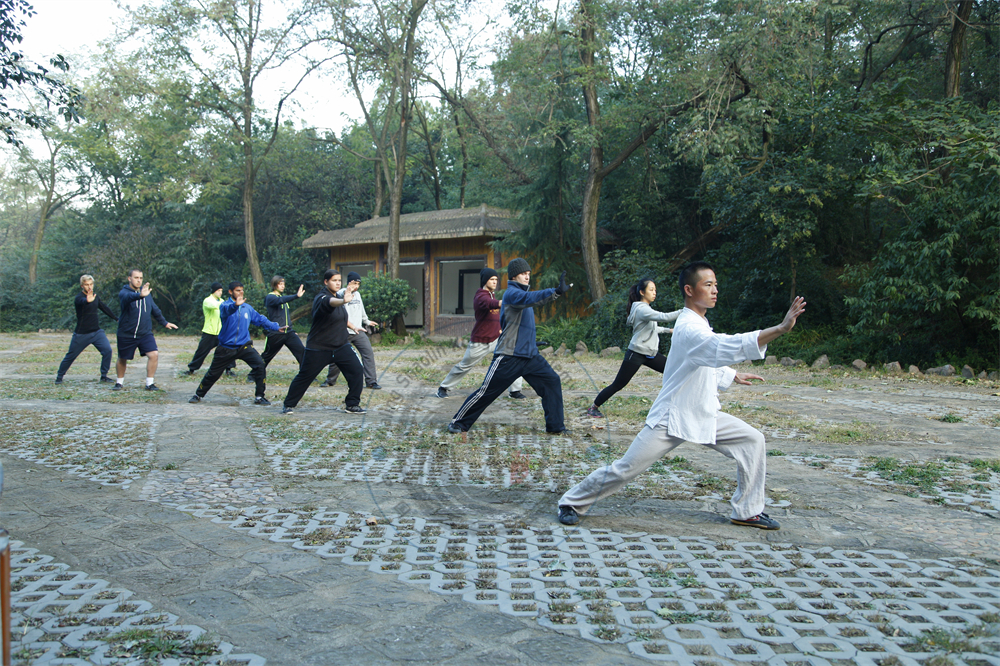
Tai Chi has a unique style of attacking. It implies immobility as conquering change and flexibility as suppressing force. Tai Chi also teaches to avoid the enemy’s main forces, strike the weak point and use the force received to defend. The practitioner changes their movement in accordance with that of others; otherwise they may be trapped by themselves. In doing so, Tai Chi emphasizes the ability to sense, that is to correctly and quickly make a judgment about any opposition and thereby respond. If the opposite side does not take initiative, as a practitioner, you should also keep still. Under such situation, you may first provoke the other side so as to get information of his ability. So long as the other side started, you should make a quicker move, faster than the opposite even before he moves. Win by striking only after the enemy has struck first. Invite the opponent in, break up his strike or deviate his force, take the advantage of the weak point and retaliate upon it. The theory of Tai Chi in attack lies in the hand pushing and move routine, which not only is conducive to the training of body skills such as response, power and speed etc., but also an important part of attack and defense training.
Tai Chi follows the principle of Yin and Yang, the attack process focuses the inviting combined with the breaking up. During attack and defense, you sense the opposite force and force’s direction by the ability to sense and break up the coming force. Using the force received to defend, i.e., changes of move following the opposite changes.
Tai Chi Classes
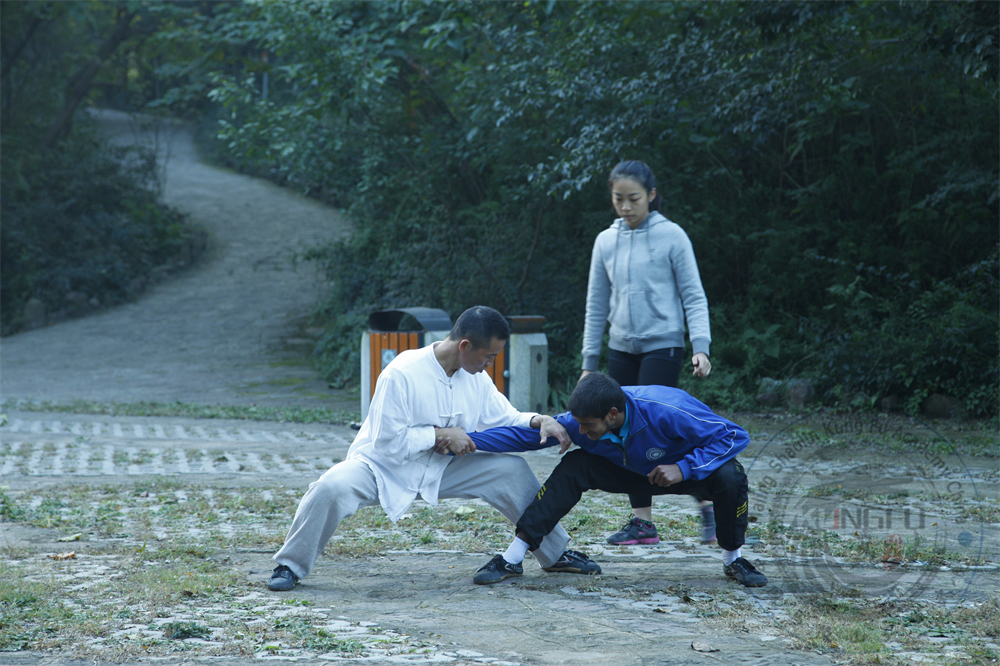
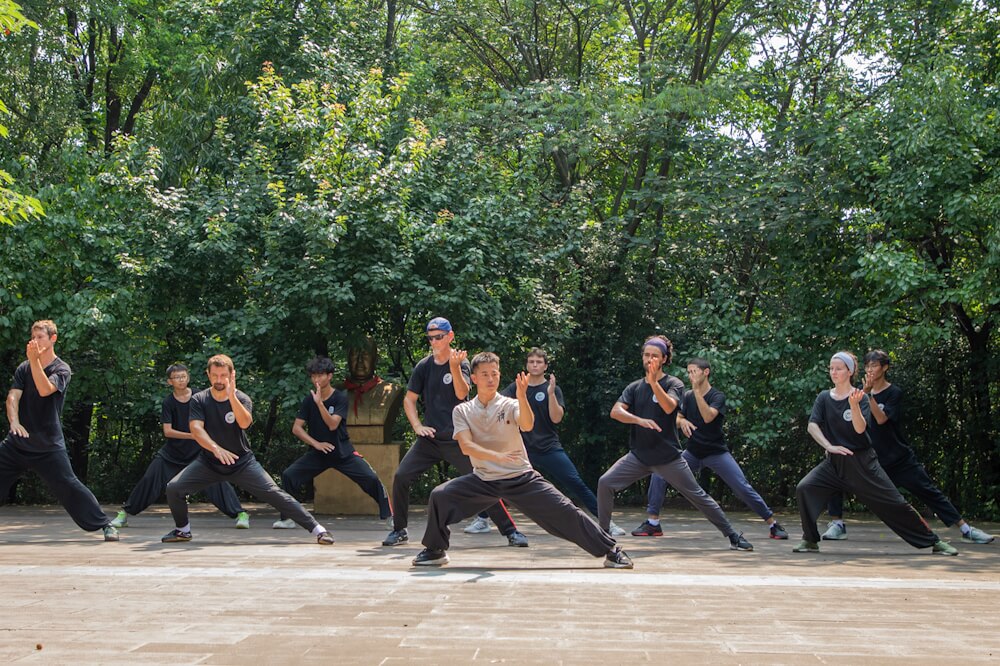
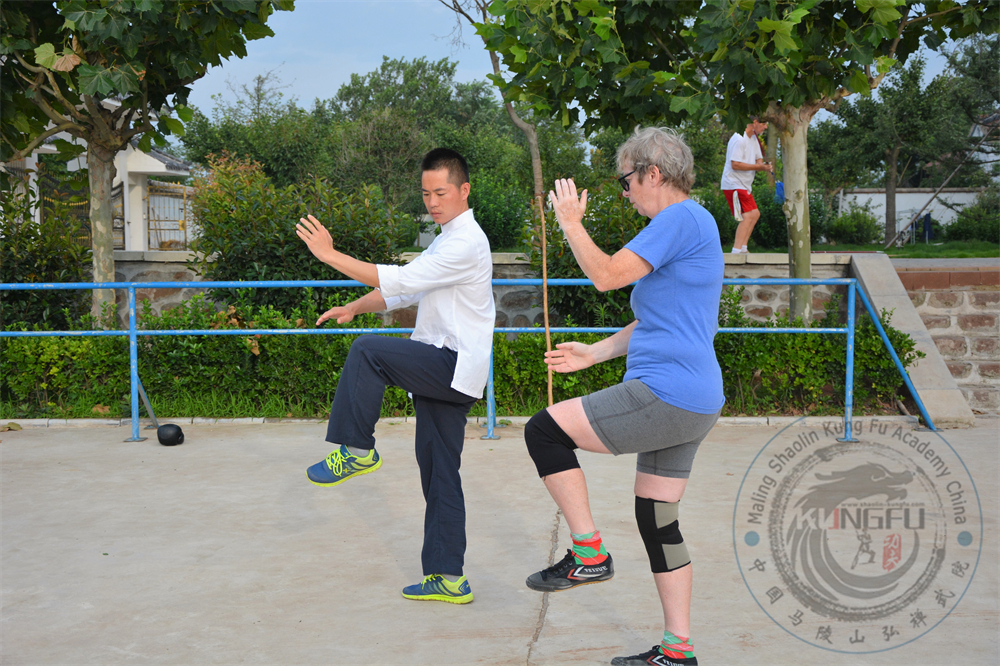
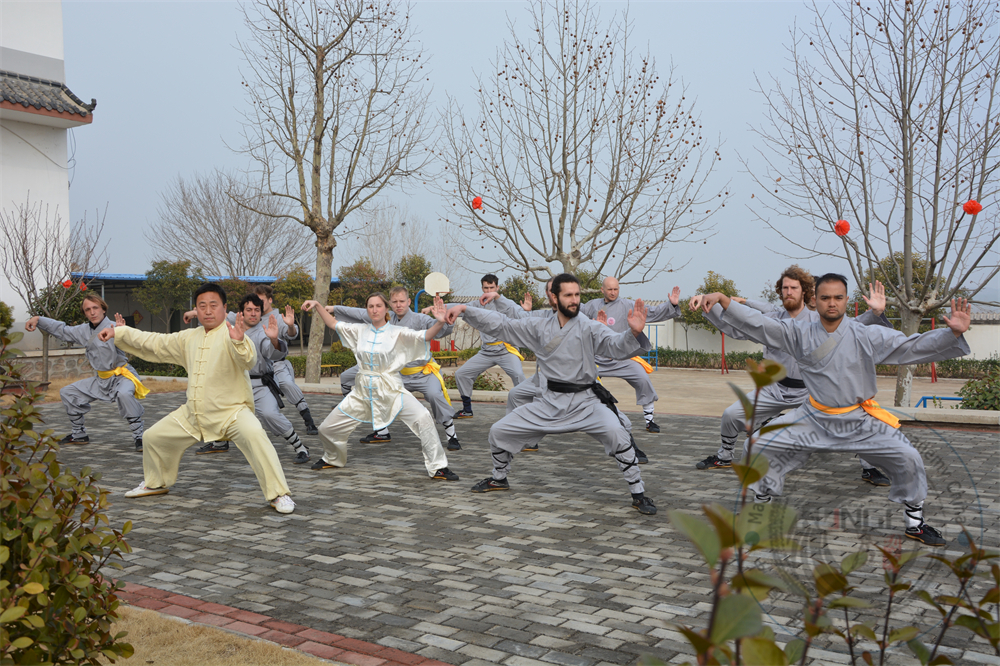
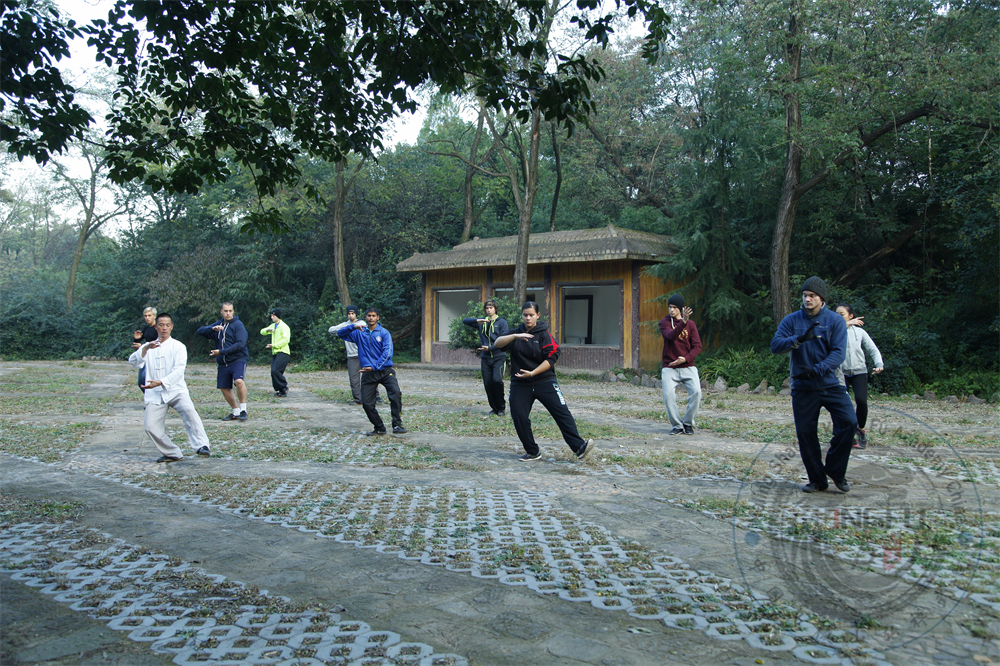

Related Academy Articles
The origins of Tai Chi Chuan (Taijiquan) are steeped in legend and mythology, with three prominent figures often credited as its founders: Zhang Sanfeng, Chen Wang Ting, and Yang Lu Chan. While their individual contributions and historical existence remain subjects of debate, the narratives surrounding these legendary figures have left an indelible mark on the rich tapestry of Chinese martial arts history.
